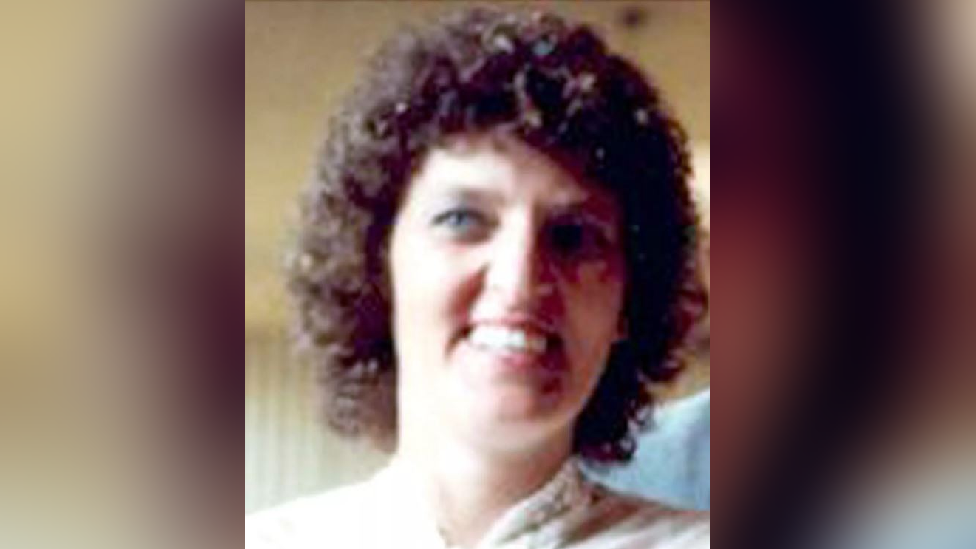How forensics identified forgotten teen left buried in a carpet for eight years
- Published
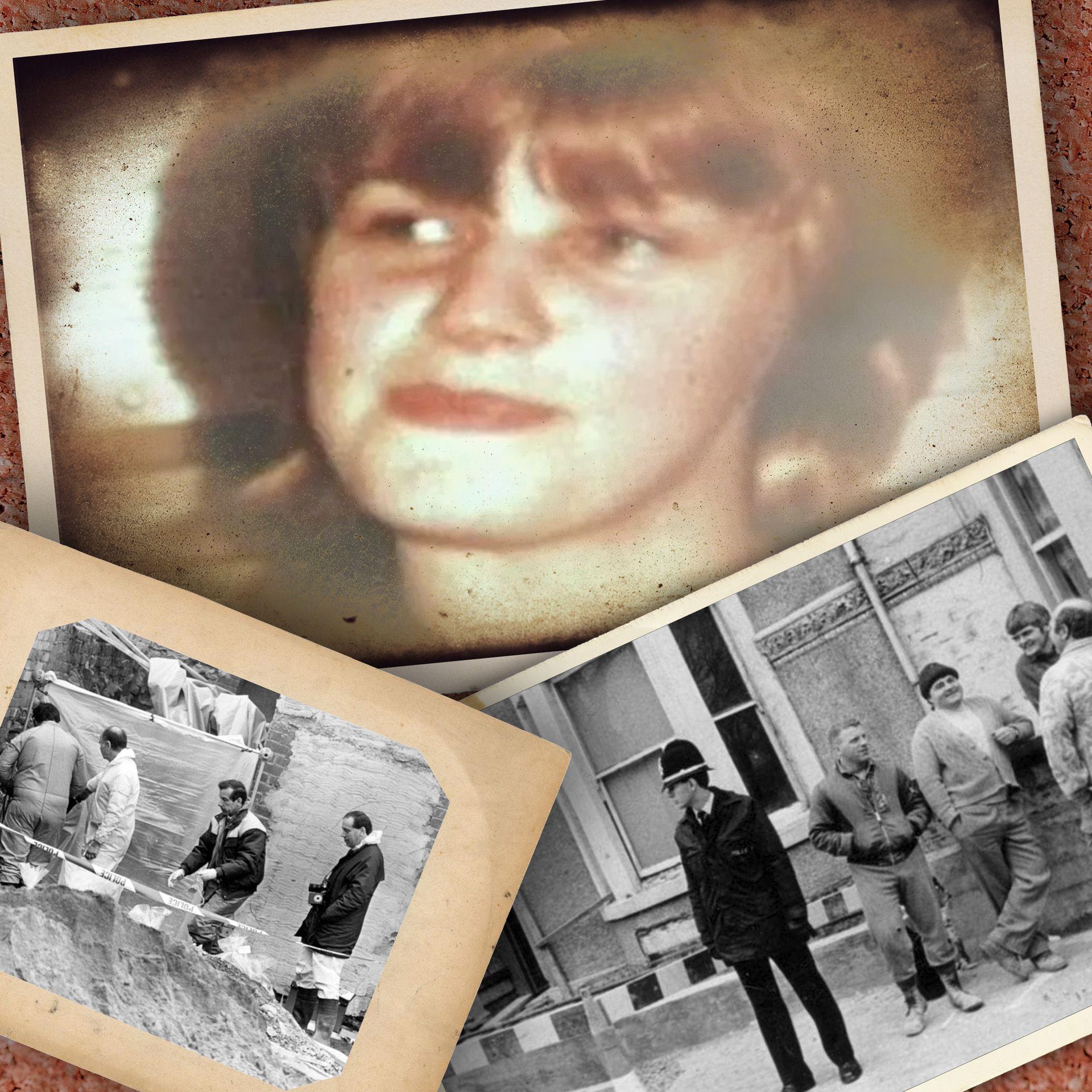
Karen Price was just 15 when she vanished in 1981 and, had it not been for a chance discovery by two builders, her body might never have been found. Because no-one was looking for her.
Dubbed "Little Miss Nobody", Karen had not been seen for eight years when her skeletal remains, wrapped in a carpet, were uncovered by two unsuspecting builders in Cardiff city centre on 7 December 1989.
Her body, found in a shallow grave outside a basement flat on Fitzhamon Embankment, was so badly decomposed it was "impossible" to establish the cause of her death.
Now, more than 40 years on and after the release of her killer, a new documentary has examined how police put together the jigsaw to solve the killing of a teenager "known to no-one" and how it involved "groundbreaking" methods to bring two men to justice.
Unsolved 1995 murder of mum and two kids reviewed by detectives
- Published11 October
Mystery of body in wetsuit found in reservoir puzzles police
- Published23 February
How a skeleton prank led police to a body in plain sight
- Published12 August 2024
"It's incredible to think that a girl of that age, 15, can go missing and nobody notice, nobody care," said Tom Bedford, a crime reporter who was working during the investigation.
"I covered a lot of stories over 40 years, but I will never forget it."
He told the Channel 5 documentary, Buried Secrets: The Body in the Carpet: "The fact she was allowed to go on the run from a children's home and there were no appeals for her, there was no inquiry. It's very sad.
"She wasn't listed as a missing person, nobody knew she had gone missing, nobody knew who she was."
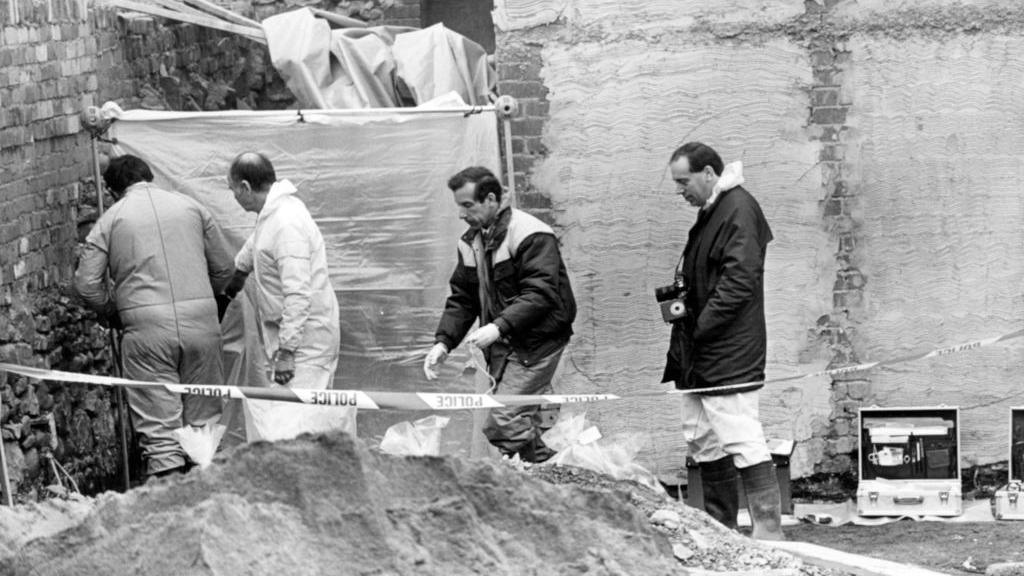
Police said most of the evidence was destroyed by building work
This story contains details that some may find distressing
Karen's parents were divorced and she had a turbulent upbringing plagued with custody issues that saw her go into care at the age of 10.
She would abscond from the children's home where she lived from the age of 11 before she eventually ran away from the Maes-Yr-Eglwys Assessment Centre in Church Village, Rhondda Cynon Taf, in July 1981 and never returned.
Traces of her life between then and her death were difficult to recover.
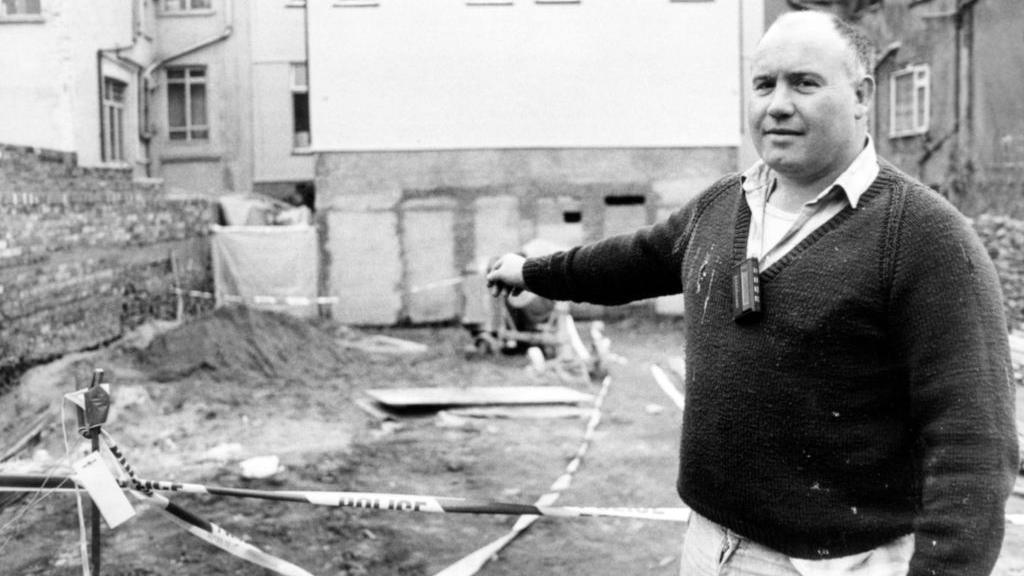
Builder Paul Bodenham was one of the two men who discovered Karen's body
Then, in the winter of 1989, builders working on a renovation in the shadows of what would become the Principality Stadium had dug down about three feet into the Earth when they discovered a rolled up piece of carpet.
In an interview after the discovery, footage shows one of the builders, Paul Bodenham, saying they initially joked "oh there may be a body in there".
When they saw the horrors inside, they called the police immediately.
Karen's body had been tied at the wrists using electrical flex and a plastic bag was still over her head.
With little known of her whereabouts prior to her death and no CCTV cameras at the time, the investigation hinged on forensics.
A television report from 1991 shows Karen's father, Leonard Michael Price, say he thought Karen was "married with her own family"
Maggots found in the carpet would be the greatest indicator as to when Karen died and how long her body had been there.
Flies do not lay eggs on buried remains, so maggot activity confirmed the murder had to have happened between July 1981 and March 1982 before Karen was put in the shallow grave.
This enabled detectives to uncover a list of people who lived in the basement flat at that time.
Looking at the chromosomes of the teeth and their development, forensic dentist Prof David Whittaker was able to reveal the sex and age of the body.
Pink-tinted cavities - capillaries of the tooth that send blood into the teeth - would confirm what officers had suspected, that Karen's death had been caused by violence.
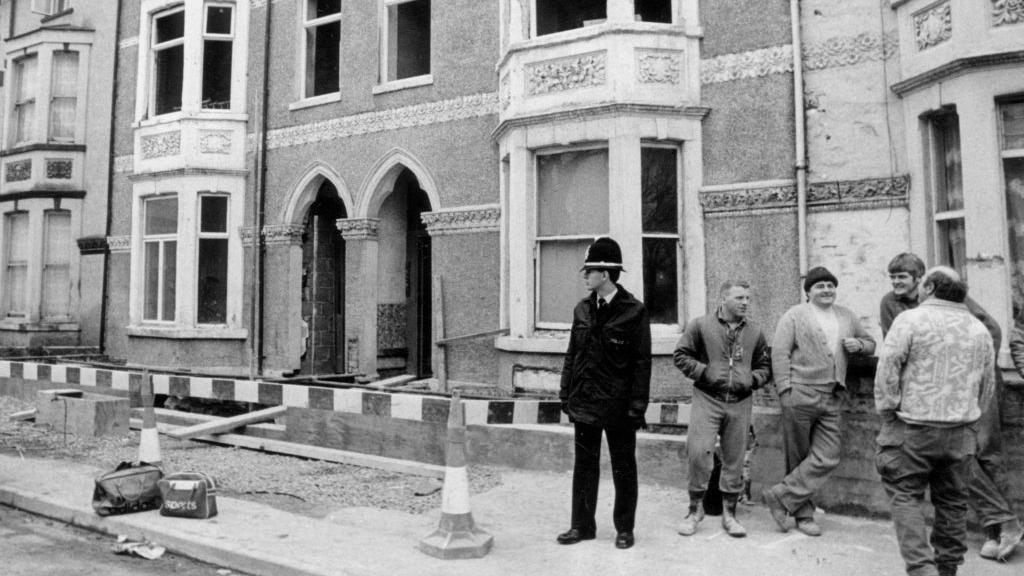
The murder was regarded as "unusual" for Cardiff at that time
A 'landmark' in forensics
Her death was regarded as "unusual" for the city at the time, according to former South Wales Police detective Jeff Norman, who recalled working on mainly petty crimes prior to this big case.
"There weren't that many murders in Cardiff," he said.
"I'd never seen a skeleton before, so it was quite a shock."
With no missing person reports matching the remains, investigating officers had to piece together a jigsaw using largely untested methods.
In what would be regarded as a "landmark" in forensics, Richard Neave, a noted facial reconstruction artist, used Karen's skull to envisage and build a model of her physical appearance, which turned out to be uncannily accurate.
What was deemed "a long shot" turned out to be groundbreaking and grabbed the public's attention.
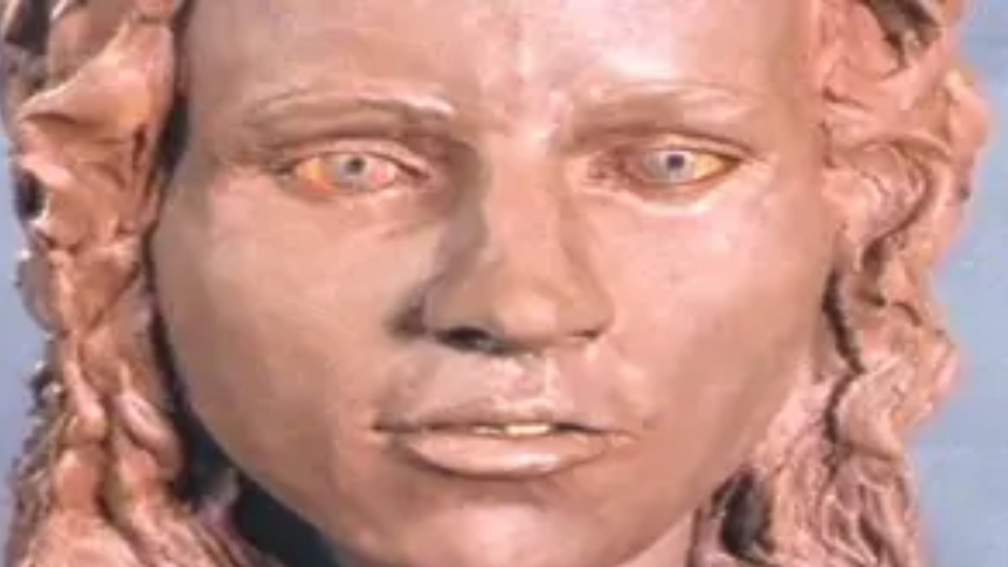
Karen's facial reconstruction was regarded as cutting edge for forensics
A Crimewatch appeal on 15 February 1990 featured Mr Neave's reconstruction, prompting two social workers from Pontypridd, a town 10 miles north of Cardiff, to recognise Karen and come forward with her name.
But it was further pioneering technology, involving the extraction of DNA from human bones, that eventually matched Karen to her parents and completed the picture, revealing her identity for the first time.
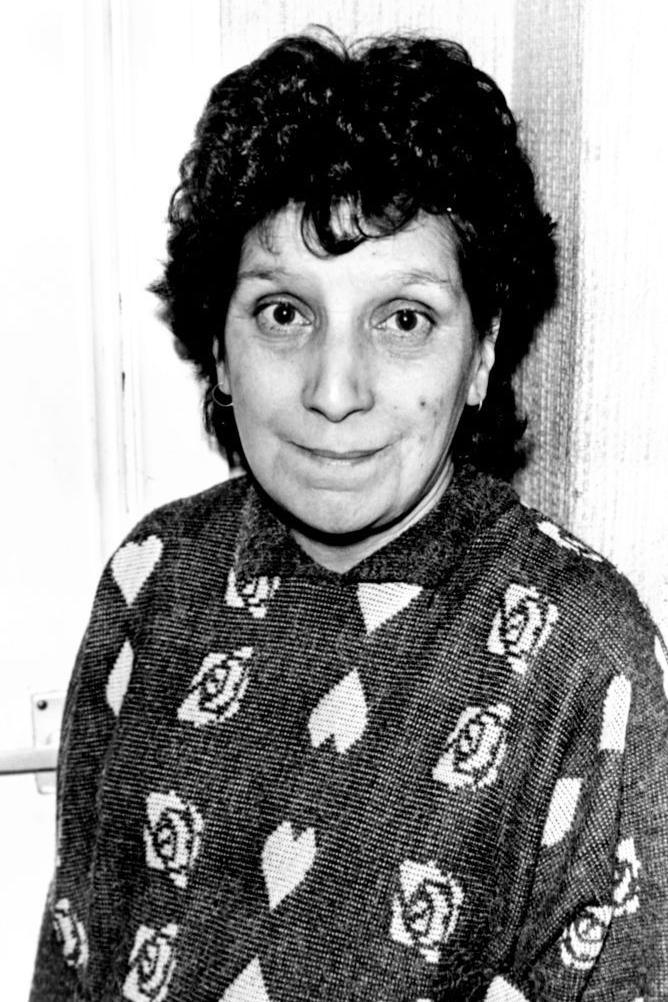
Anita Edward, Karen's mother, told a reporter she tried to stop her daughter from leaving home in 1981
Not only did Crimewatch help put a name to the mystery body, it prompted someone to come forward and confess to being involved in Karen's murder.
Idris Ali was watching the programme and, urged on by a friend, came forward to tell the police he used to be involved in prostituting young girls estranged from care homes alongside a man from Somerset called Alan Charlton.
Charlton lived in the basement flat of 29 Fitzhamon Embankment between June 1981 and February 1982 and, according to court documents, external, Karen's body was "found within feet of his back door".
Ali told detectives he saw Charlton order Karen and another girl, who was 13, to strip off so he could take nude photographs of them.
When the other girl refused, Ali said Charlton attacked her, prompting Karen to intervene to try and protect the teen, only for Charlton to turn his ferocity on her.
Charlton - described by prosecutors as "a psychopath" - slapped and punched Karen and, when Ali tried to stop him, Ali said he hit him as well.
The Court of Appeal heard how, "under the threat of violence", AIi said he held Karen's hands "for a very short time" while Charlton continued to punch and slap her.
When Charlton stopped "there was blood from Karen's mouth and she did not respond".
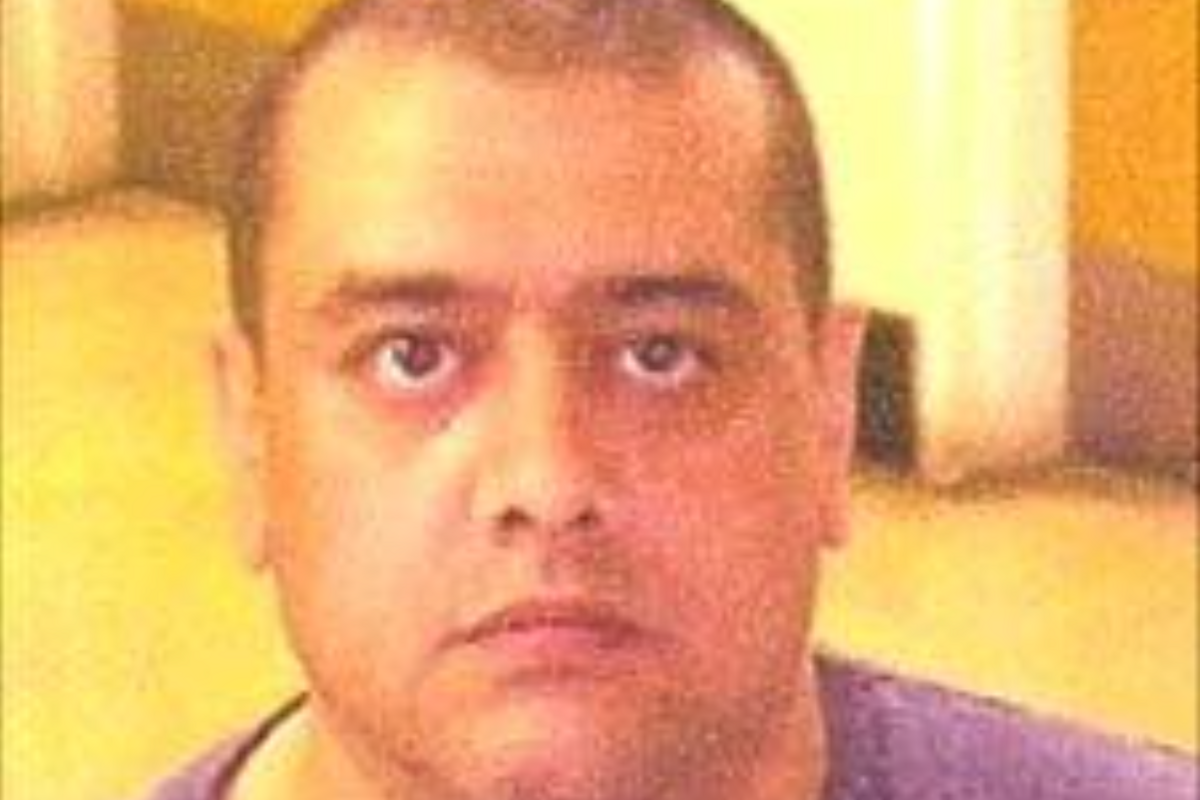
A Crimewatch television appeal prompted Idris Ali to confess to his involvement in Karen's death
Charlton then brought out what Ali, who was 16 at the time, described as carpet and he admitted helping Charlton wrap up her body.
Karen's body was kept in a cupboard for four days before they returned to bury her - which was the timeframe in which flies were able to lay their eggs.
Ali said Charlton instructed him to come to the flat to help bury Karen's body in a makeshift grave in the back garden, right outside the flat's kitchen window.
This would be the last time anyone saw Karen Price for eight years.
Ali claims he only pleaded guilty to the lesser charge in order to get out of prison.
Charlton, who always maintained his innocence, was released on parole following an oral hearing in 2017.
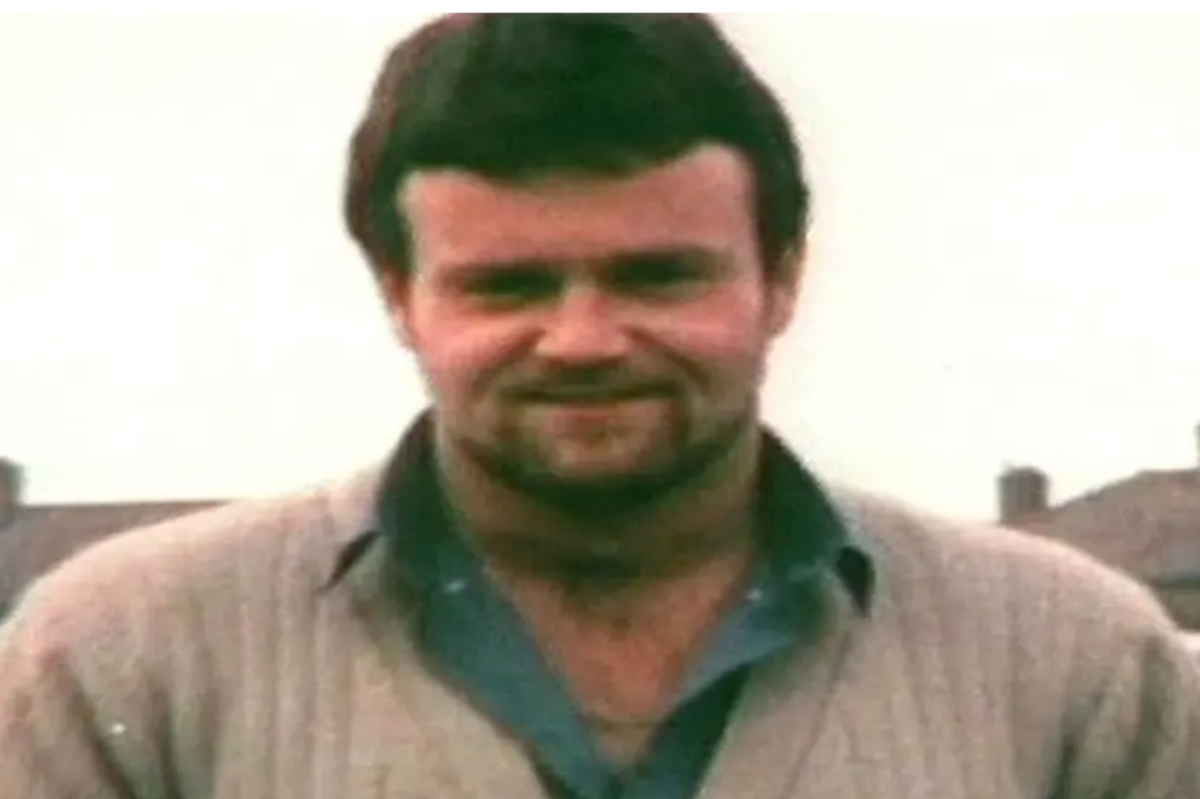
Alan Charlton was given a life sentence for Karen's murder in 1991and served 26 years behind bars before being released in 2017
Speaking after the convictions in 1991, footage from a BBC documentary showed Karen's father, Leonard Michael Price, say he thought Karen had married and may have had her own family and had thought no more about her whereabouts until the case came to light.
"It's been sad for the family, at least she's at rest and at peace, and they got what they deserve," he said.
According to a report by the South Wales Echo in 1990, Mr Price last saw his daughter at a court meeting about her welfare in February 1981.
In one of her only interviews about her daughter's murder, Anita Edward told crime reporter Mike Arnold that she expected Karen to come home one day with a husband and children.
She said she tried to "hang on" to Karen as she got on a bus after an argument over Karen stealing a cassette recorder in 1981, but she failed to stop her.
She never saw her daughter again.
Ms Edward said Karen was "always in their thoughts" and claimed she wrote to social services in 1984 asking after her, but never received a response.
The South Wales Echo reported that Ms Edward died aged 54 of acute alcohol intoxication on 26 December 1992 after collapsing on Christmas Day.
Dark Land: Hunting the Killers
Wrapped in a carpet and entombed in concrete in a Cardiff back garden, Karen Price's murdered body lay undiscovered for eight years.
Questions still remain around why no-one was looking for a young girl who had vanished while in the care of a local authority.
While the murder of Karen, who would have turned 60 in September, was brutal and devastating, forensics specialists said her memory lived on "to this day" for the part it played in forensic testing.
"I've covered thousands of stories and it's one of the saddest I have ever worked on," said Mr Bedford.
"For a young girl to die in that way, her life snuffed out at the age of 15, it's just too sad for words."
- Published24 September 2022
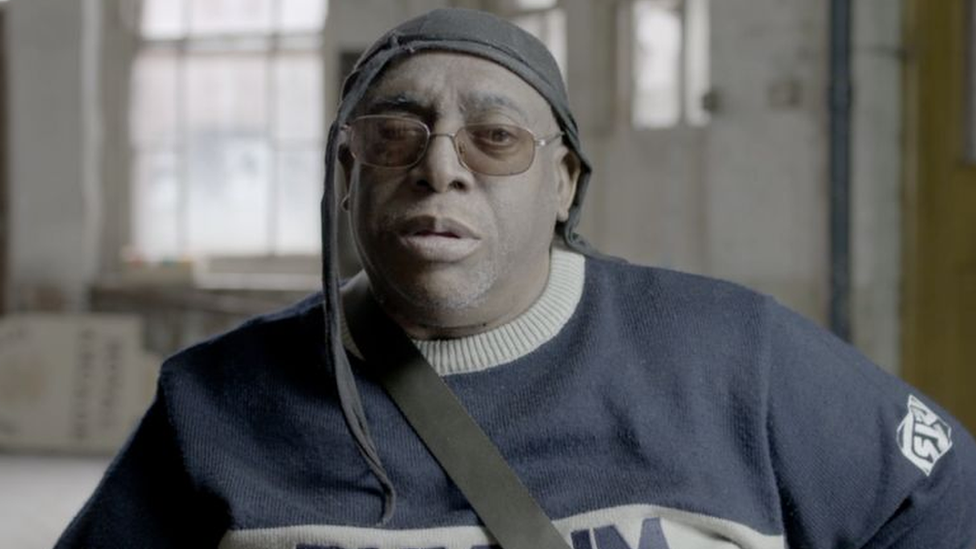
- Published13 September
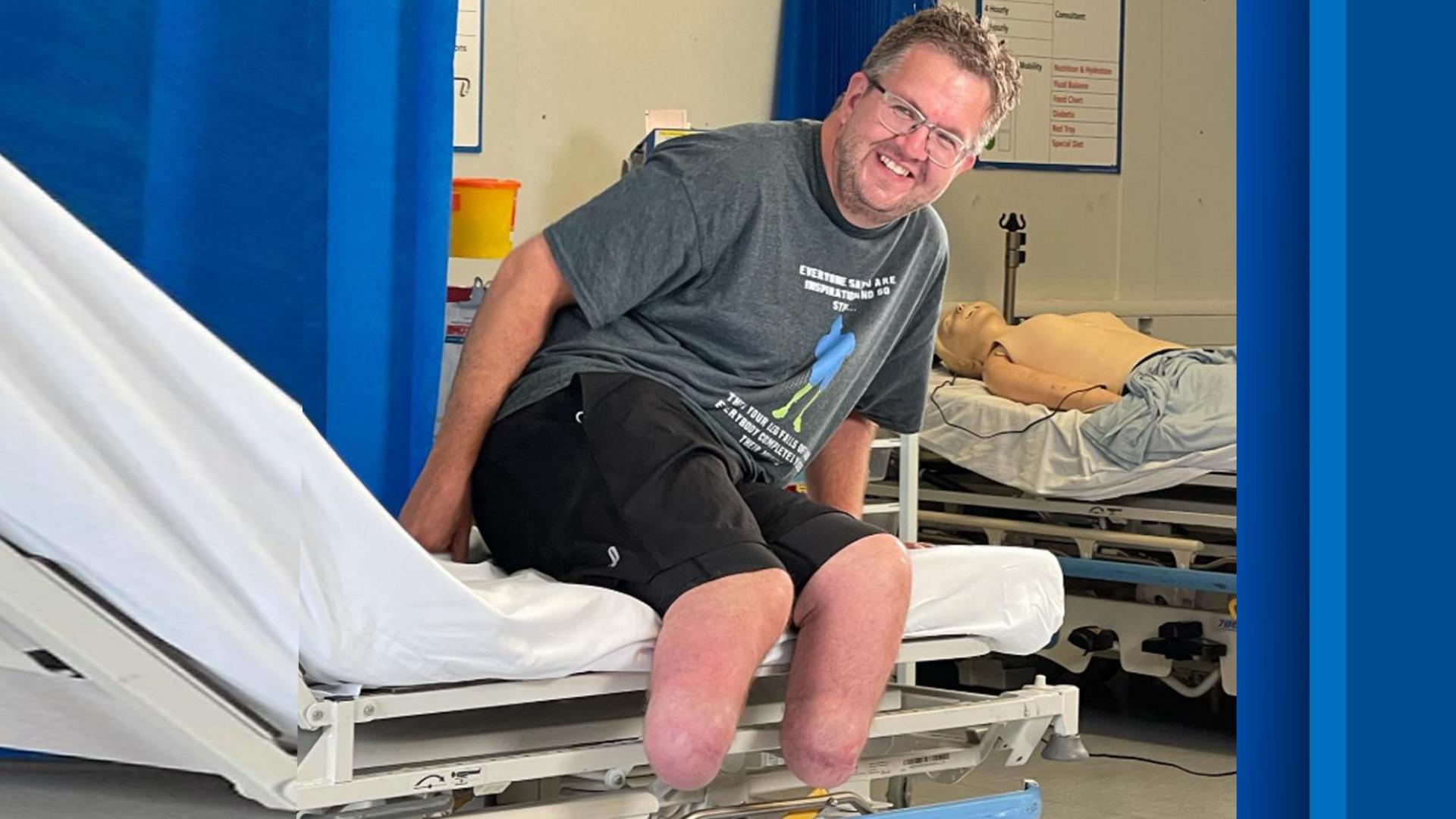
- Published26 September
